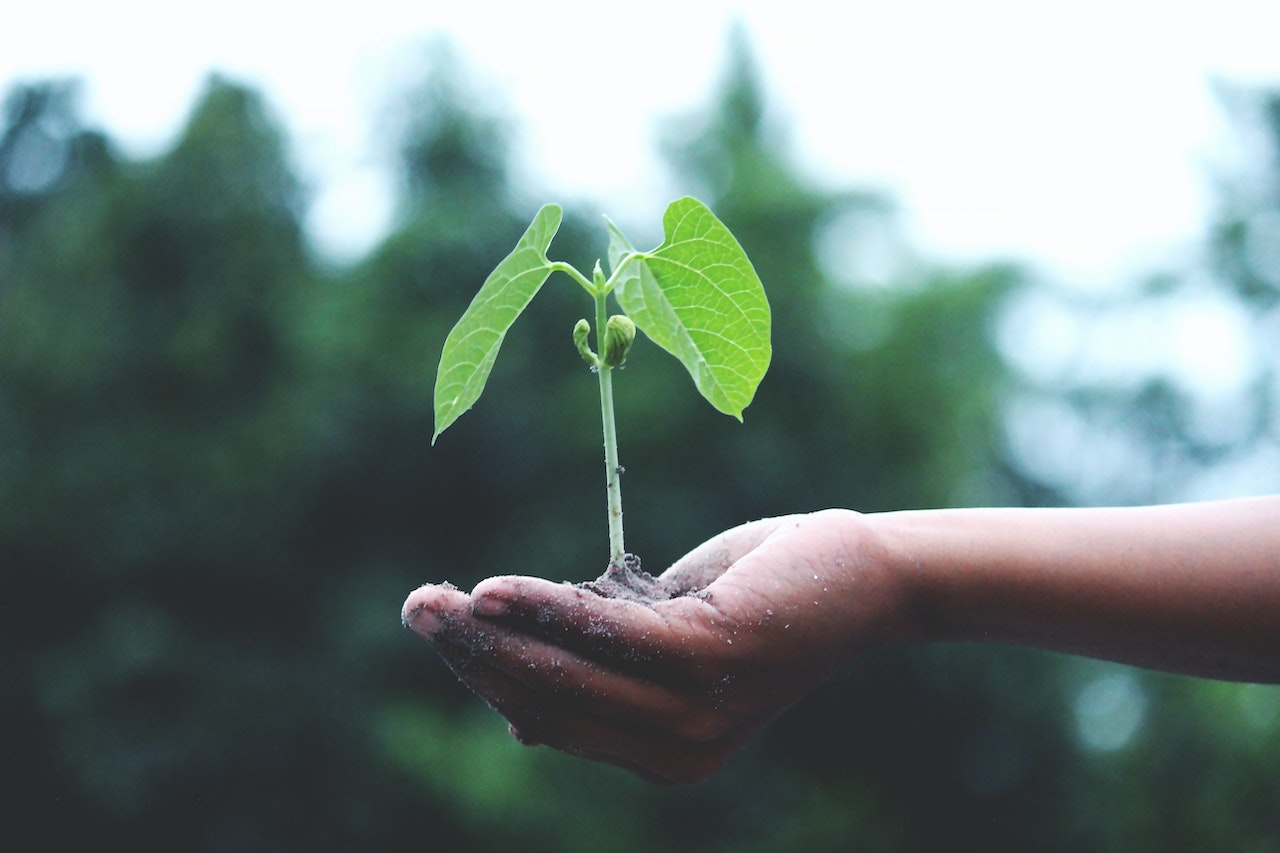This post was originally published on Sustainability Matters

By transforming ashes into flowers, South Australia’s Centennial Park is introducing a sustainable living memorial for families to commemorate their loved ones.
The cemetery and memorial park will offer this exclusive ecological option via a partnership with living memorial company Living Legacy. The initiative forms part of Centennial Park’s Environmental Sustainability Plan, launched this year.
Centennial Park Chief Executive Officer Janet Miller said Centennial Park was proud to be the first cemetery and memorial park in the state to offer the Living Legacy alternative memorial option.
“We recognise there is generational shift towards sustainable end-of-life choices, and as part of our own environmental sustainability goals, we want to accommodate the wishes of individuals and their loved ones now and into the future,” she said.
“This new offering is one example of the many commitments we are exploring as part of our five-year roadmap to achieve long-term impact and build upon our already strong history of environmental action to date.”
Miller added: “The process to turn a loved one’s ashes into Living Legacy flowers is a groundbreaking and an environmentally sensitive way to personally memorialise and connect to loved ones through a natural and living landmark.”
Living Legacy founder Warren Roberts explained that most people were unaware that the spreading of traditional cremated human ashes can be damaging to soil and plant health.
“Traditionally, people scatter ashes in nature and waterways, not realising the harm caused by the high alkaline levels which are similar to bleach,” he said.
“Through our unique scientific treatment process, we gradually detoxify and transform harmful ashes into micronutrients which are infused into the roots so it can sustain and perpetuate life through flowers, plants and trees.
“We are excited to be working with Centennial Park to bring the Living Legacy Forever Flower Garden to life here in South Australia, giving people the option to honour a loved one through the beauty of nature,” Roberts said.
Commemorating a loved one through the Living Legacy Forever Flower Garden involves a reflective ceremony, a personalised plaque and the option to retain some of the ashes inside a crystal keepsake.
In addition, for every person memorialised in the Forever Flower Garden, Living Legacy has committed to donating 20 trees to be planted in their honour, as part of its ongoing contribution to global reforestation.
More information on Living Legacy Forever Flowers can be found at https://www.centennialpark.org/living-legacy-forever-flowers/.
Image caption: Centennial Park CEO Janet Miller and Living Legacy founder Warren Roberts. Image credit: Tom Roschi.





0 Comments